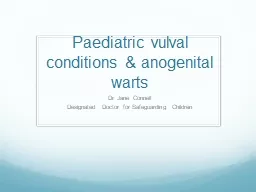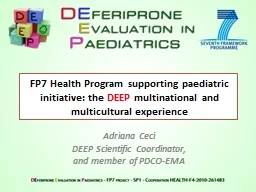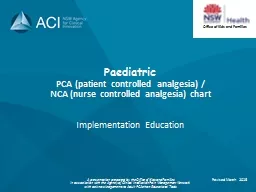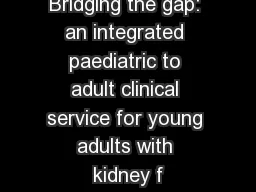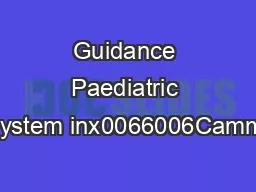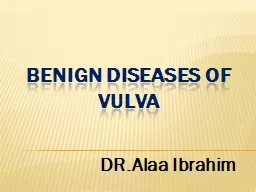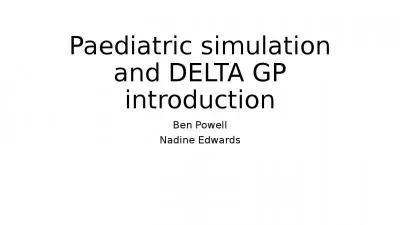PPT-Paediatric vulval conditions &
Author : daniella | Published Date : 2022-06-07
anogenital warts Dr Jane Connell Designated Doctor for Safeguarding Children The Role of the GP Many vulval conditions are first evaluated in primary care Exposure
Presentation Embed Code
Download Presentation
Download Presentation The PPT/PDF document "Paediatric vulval conditions &" is the property of its rightful owner. Permission is granted to download and print the materials on this website for personal, non-commercial use only, and to display it on your personal computer provided you do not modify the materials and that you retain all copyright notices contained in the materials. By downloading content from our website, you accept the terms of this agreement.
Paediatric vulval conditions &: Transcript
Download Rules Of Document
"Paediatric vulval conditions &"The content belongs to its owner. You may download and print it for personal use, without modification, and keep all copyright notices. By downloading, you agree to these terms.
Related Documents

